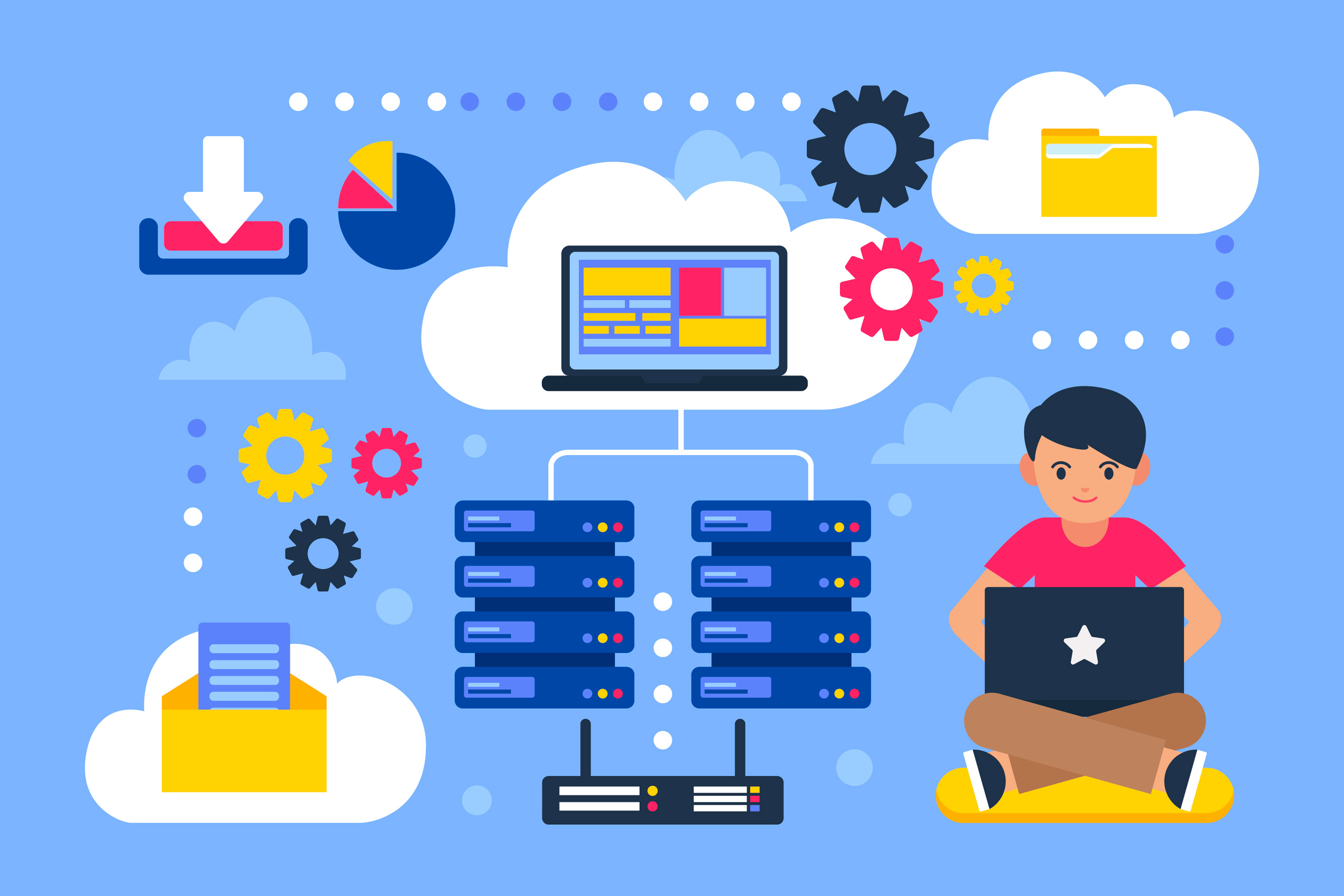Building a Real-Time Data Sync Pipeline: PostgreSQL(Single Data source ) to PostgreSQL with CDC

Change Data Capture (CDC) is revolutionizing how businesses move data between systems. Instead of relying on clunky batch ETL processes, CDC lets you capture changes from your source database and push them to your target system—like a data warehouse—in real time. This not only keeps your data fresh but also reduces resource consumption and ensures consistency. Let’s break down how to build a CDC pipeline that connects a PostgreSQL source database to a PostgreSQL data warehouse.
Why CDC is a Game-Changer for Data Warehousing
Traditional batch ETL (Extract, Transform, Load) processes can be resource-intensive and may not support near real-time data synchronization. CDC offers:
Real-time data synchronization – Ensures timely updates in the warehouse.
Reduced load – Processes only incremental changes instead of full extracts.
Improved data consistency – Captures insert, update, and delete operations reliably.
Components of a CDC Pipeline
A typical CDC pipeline consists of the following components:
Source Database (PostgreSQL) – The transactional database where data changes occur.
Target Data Warehouse (PostgreSQL) – The destination where changes are applied.
Debezium – Captures changes from PostgreSQL and streams them as events.
Kafka Source Connector – Pulls change events from Debezium and sends them to a Kafka topic.
Kafka Sink Connector – Transfers processed events from Kafka to the target PostgreSQL data warehouse.
How a CDC Pipeline Works
Enable Logical Replication in PostgreSQL PostgreSQL must be configured to use logical replication, allowing tools like Debezium to capture changes.
Restart the PostgreSQL service to apply these changes.
Create a Replication Slot A replication slot ensures that changes are retained until processed.
Debezium Captures Changes Debezium reads changes from the replication slot and pushes them as structured events into Kafka topics.
Kafka Processes Events
The Kafka Source Connector takes Debezium's change events and publishes them to a Kafka topic.
The Kafka Sink Connector consumes events from the Kafka topic and applies them to the target PostgreSQL data warehouse.
Applying Changes to the Data Warehouse The data warehouse processes inserts, updates, and deletes in near real-time.
Scenarios with Inserts, Updates, and Deletions
Insert Scenario
When a new record is inserted into the source PostgreSQL database:
INSERT INTO brac_emp_frid (name,salary) VALUES (‘A’,200);
Debezium captures the INSERT event.
Kafka publishes this event.
The Kafka Sink Connector inserts the new record into the data warehouse:
Update Scenario
If A updates their salary:
UPDATE brac_emp_frid salary =50 WHERE name = ‘A’;
Debezium captures the UPDATE event.
Kafka publishes the updated record.
The Kafka Sink Connector updates the existing record in the data warehouse:
Delete Scenario:
If A delete:
delete from brac_emp_frid WHERE name = ‘A’;
Debezium captures the DELETE event.
Kafka processes the deletion event.
The Kafka Sink Connector removes record entry from the data warehouse:
Monitoring and Performance Optimization
To ensure smooth operation:
Monitor replication lag: Check pg_stat_replication for any delays.
Optimize WAL retention: Remove old WAL segments using pg_replication_slots.
Scale Kafka and Debezium: Adjust topic partitions and replication settings for scalability.
Wrapping Up
A well-built CDC pipeline bridges the gap between your transactional database and data warehouse, ensuring seamless, real-time synchronization. With tools like Debezium, Kafka connectors, and PostgreSQL’s logical replication, you can achieve near-instant updates while minimizing overhead. By implementing monitoring and optimization strategies, you’ll have a scalable, reliable solution that keeps your data ecosystem humming.
Ready to take your data game to the next level? Dive into CDC and watch your systems transform into a real-time powerhouse.
Author
Imran Hossain
DevOps Engineer
Tirzok Private Limited